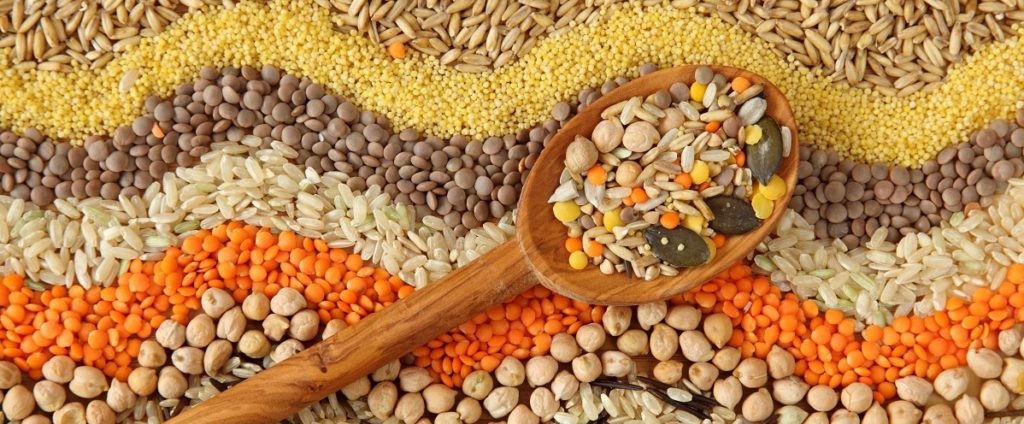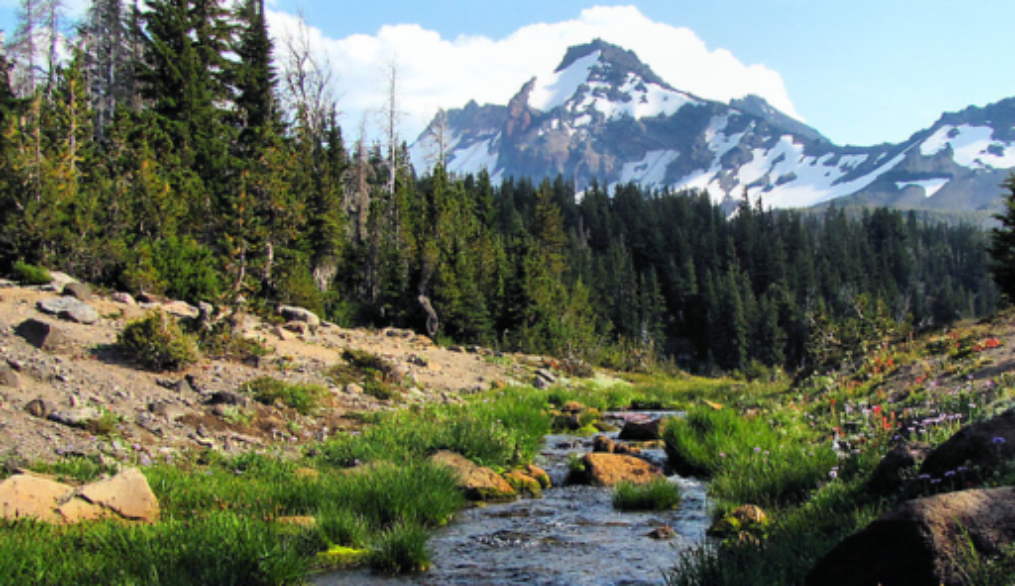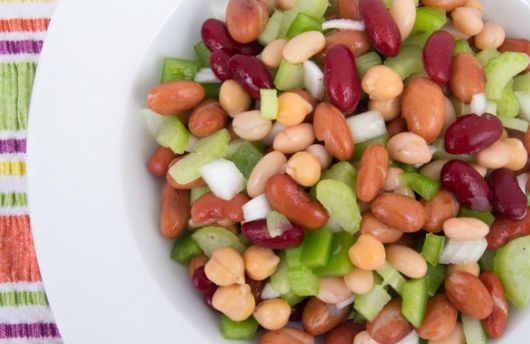
Do you know why after soaking beans overnight you are instructed to drain, rinse well, and then use fresh water to cook the beans? Â I was told we do it because it reduces flatulence, old wives wisdom and all that. Â And actually it does, but the real reason to do it is to prevent illness.
Legumes and grains contain a type of protein called lectin. Â Lectins can be toxic. Â Lectins are also responsible for the gas inducing responses we can have to the magical fruit that is beans. Â Soaking the beans draws out some of these toxins, so we need to discard the soaking water, rinse well, and start with fresh for cooking to reduce our exposure to the lectins. Â The cooking process destroys most of what is left in the legume.
Now, there are different kinds of them, and they vary in how ill they can make you.  In fact almost all foods have some lectins, and some lectins are beneficial.  Different people also respond to the same lectins in different ways.  Beacuse we don’t digest lectins, we often produce antibodies to them. Almost everyone has antibodies to some dietary lectins in their body. This means our responses vary. However, some legumes, such as red kidney beans, are so full of toxic to humans lectins that they should not be eaten unless properly, thoroughly cooked.  (Red kidney beans are not suitable for sprouting!).
The temptation of post-SHTF bean cooking is to reduce water usage.  I’ve even seen advice to just cook  it in that water.  Don’t do it!  Modern packaged beans don’t need nearly the sorting and cleaning; you are unlikely to find rocks and dirt, but it’s still not good to ingest!  Find another way to use that water.  Use it for flushing, or if it’s the right season, water your garden with it.  I actually wonder if this might repel certain animals from nibbling at your plants – it’s thought that plants developed lectins to deter animals from eating their seeds and animals can smell the lectins.  That’s just speculation on my part though.
Keep in mind that it’s not just dried beans that can make you ill. Â Some types of grains and legumes can be eaten raw (like a sugar snap pea, pod and all) but others (like a runner bean, can eat pod, but pod and contents needs to be fully cooked, or a mature fava, discard pod, peel inner bean and fully cook) need to be cooked to be safely edible. Â If you don’t know for sure that your produce is safe to eat raw, err on the side of caution and cook it.

 1 can garbanzo beans, drained
1 can garbanzo beans, drained